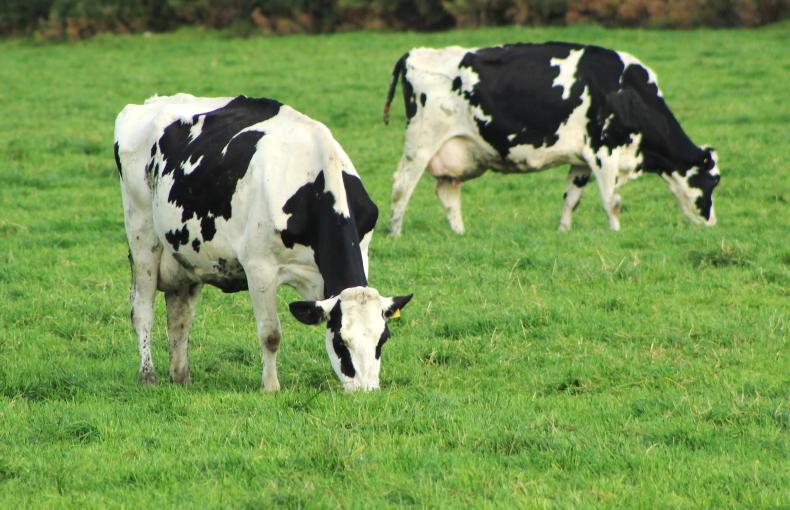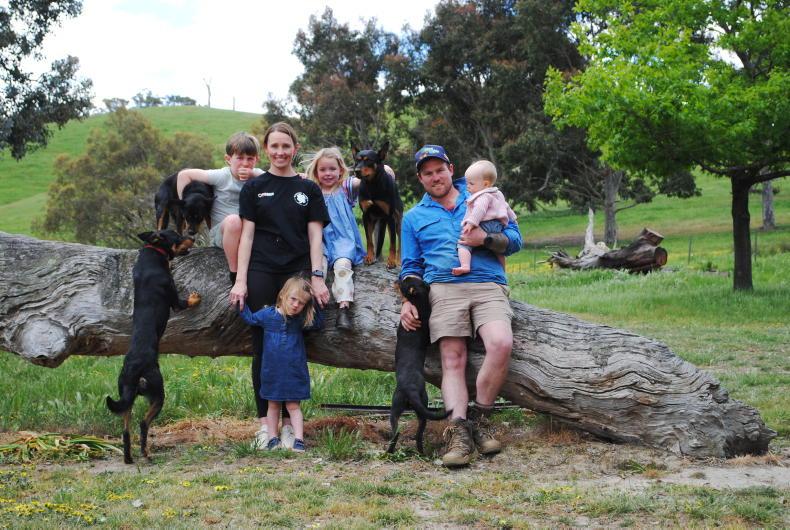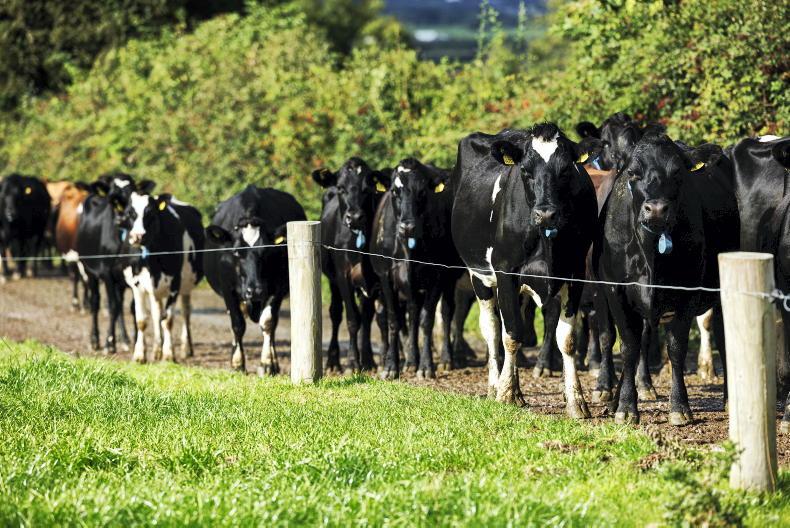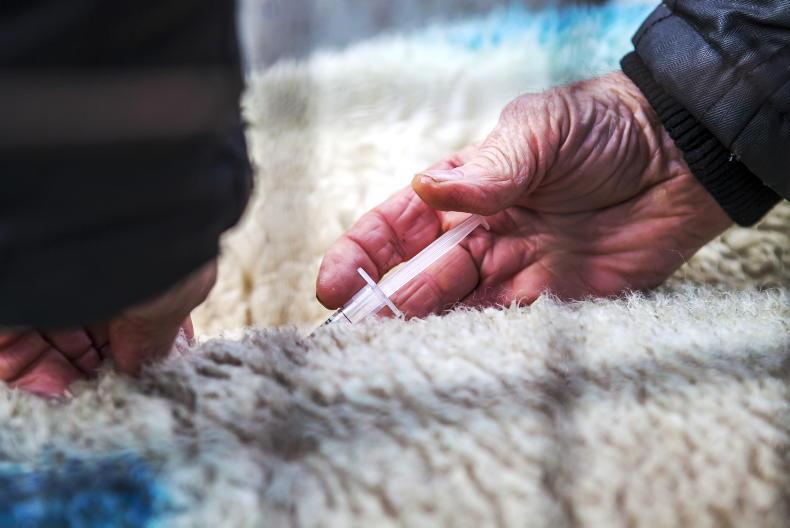Have we seen peak agriculture in Ireland?
Last week, Teagasc held a briefing with its top corps of senior staff on a document outlining progress across the full range of sectors, not just in terms of output but detailing the advances in innovation, sustainability and technical performance.
The sobering conclusion was that in every single major enterprise, output declined last year.
This is not to detract from the recovery in incomes that occurred in some sectors particularly dairying, beef and sheep as prices rose, spring tillage crops also improved because of favourable summer growing weather and favourable harvesting conditions but many winter crops did very badly. But to get back to the individual enterprise performance: In the case of dairying, cow numbers were down 1.3% and milk output thanks to the excellent autumn, is reckoned to have just about matched the depressed output achieved in the very difficult year of 2023.
Prices and incomes recovered but as Teagasc’s director Frank O’Mara remarked, good technical performance underpins farm profitability and environmental sustainability.
Suckler herd
But a higher price was needed as Stan Lalor, Teagasc’s head of Knowledge Transfer pointed out, the cost of producing a kg of milk solids increased from €3.44 in 2021 to €4.75 in 2024.
And dairying was the best of the enterprises. In the case of beef and sheep, 840,000 calves were born, a slight decline on the previous year as the suckler herd continued to decrease, dairy cow numbers expansion ceased and carcase weights declined as did ewe numbers. Pig numbers also dropped almost 9% despite continuing productivity growth with the top producers achieving a remarkable 31.3 pigs produced per year.
Tillage area also decreased, with horticulture under intense pressure and forestry planting far below target, to put it at its mildest. All of this is not to say that real technical progress is not being made in areas such as beef from the dairy herd, which now accounts for 60% of total beef production.
However, the entire livestock sector is overshadowed by the threat of nitrates imposed stocking rate restrictions as water quality becomes one of the dominant policy drivers.
We seem nationally not to have asked how sensible is a target that at 4mg per litre for our rivers compares with a human health target of 50mg per litre. Is it with an Irish climate and natural mineralisation realistically achievable?
Pat Dillon, a truly iconic figure in Irish research, said it may take 10 years for current water measures to have an effect. On the tillage front, we have not nationally taken on the challenges posed by the removal of up to date science while international competitors face no such constraints.
As incoming minister, Martin Heydon has an agenda that goes well beyond maximising the photo opportunities.










SHARING OPTIONS